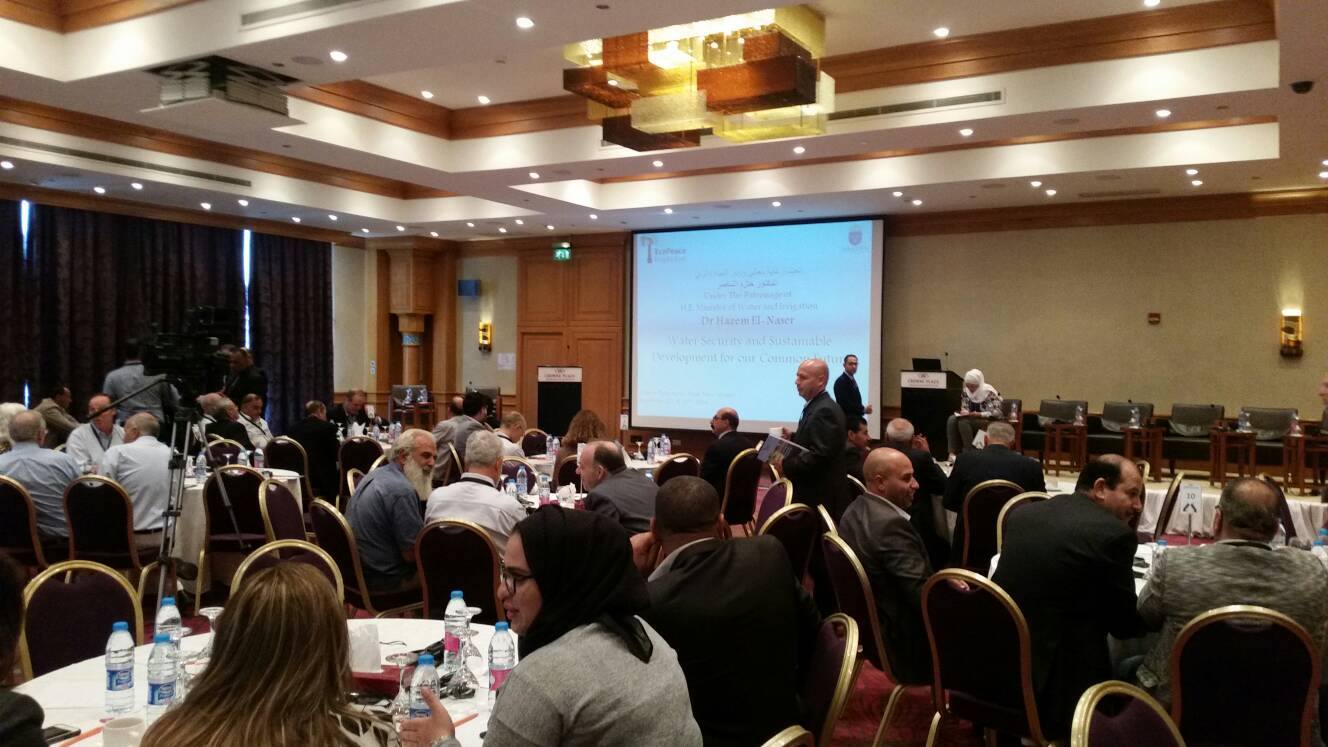Policy dialogue to develop governance arrangements for improved coastal zone management
Key impediments to sustainable lowland development are the lack of integration of coastal zone management policies and approaches, and limited translation into practice and limited community engagement during design and implementation of plans. The Indonesian government has embarked on various integrated master planning processes and established taskforces and working groups to address these challenges. A large proportion of the solution is dedicated to supporting this policy dialogue process, creating an enabling environment.
At community level, project partners have been invited by the target communities to facilitate the development of 10 year village development plans and regulations that guide resources management. These will define ambitions for sustainable aquaculture and coastal security. Community-village plans will contribute to implementation of the provincial master plan, addressing community priorities and needs. This alignment greatly increases community ownership with regards to decision making and engagement in implementation of development plans. After the project, representatives of all 10 target communities will have actively become involved in government-led planning.
-Close collaboration with government partners and other players at different policy levels
-A thorough policy analysis on where and how to embed measures in national and subnational policies and budgets e.g. (spatial) development plans, master plans, coastal zonation plans, mangrove strategies, greenbelt and forest legislation, NDC, NAP, DRR (Sendai Framework) and SDG
Community plans: We will facilitate village planning discussions in 9 villages about problems, root causes and solutions.
Tangible results:
–Master plan for sustainable development of Demak district - including Building with Nature Indonesia measures - developed with and endorsed by Taskforce Integrated Coastal Zone Management led by planning agency of Central Java and involving all relevant stakeholders.
–Master plan and Building with Nature approach embedded in Central Java Provincial policies (spatial plan and mid-term development plan 2019-2024 and provincial mangrove strategy). Village development plans and regulations on land use rights, protected areas and coastal zone management developed and adopted by 10 communities and formalised with local government.
